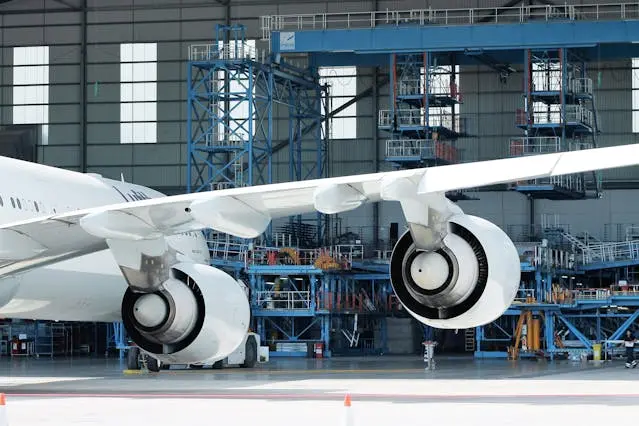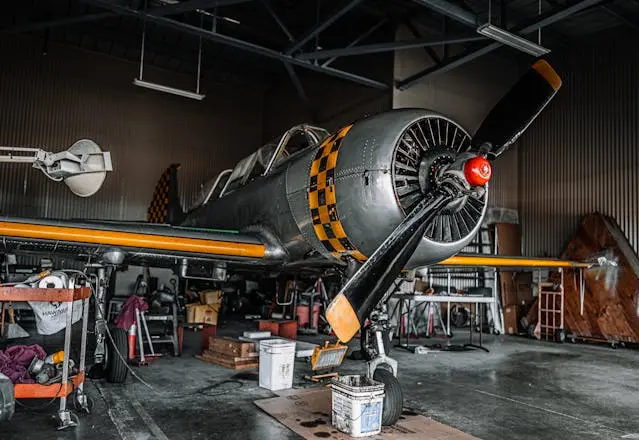Engineering the Future: How College Education Prepares Students for Success in the Aircraft Industry
The aircraft industry, which is the height of human creativity and engineering skill, is still an area that is always pushing the limits of what is physically and technologically possible. The next generation of engineers and professionals will keep this business going to great heights. What does it take to train them? College plays a big part in shaping these future leaders, and looking into how this educational path prepares students for success in the aircraft industry shows an interesting mix of tough training, developing important skills, and gaining visionary insights.
The Foundation of Knowledge: Academic Rigor in Engineering Programs
Understanding the Basics: Aeronautics and Engineering Principles
The most important thing for any engineering student to learn in college is the basic ideas behind engineering and aeronautics. Courses in aerodynamics, materials science, propulsion, and structural analysis are the building blocks for all other types of information. This is very important, but why? They help students get a solid grasp on the forces that affect the design and operation of aircraft, which gives them the tools to come up with new technologies and make current ones better.

Photo by Joe Ambrogio on pexels.com
Specialized Courses: Preparing for Industry Challenges
As students move up, they take more specialized classes that deal with specific problems in the aircraft business. These classes are designed to bridge the gap between theoretical knowledge and real-world application. For example, you can learn about the latest developments in aircraft electronics or the ins and outs of jet engines. These kinds of changes to the curriculum make sure that graduates are not only knowledgeable, but also ready to take on the difficulties that their future jobs will bring.
The Role of Advanced Technologies
Navigating Complex Assignments and Academic Support
Embarking on an educational journey in the field of aircraft engineering is no small feat, presenting a range of rigorous academic challenges that students must navigate. The complexity of assignments increases exponentially, from intricate projects to detailed research papers that are the norm. It’s in these challenging times that PapersOwl becomes invaluable. When students start to search online: “Who will write my essay online?”, they find professional help that can make all the difference, offering editing and other academic assistance to ensure that students not only complete their assignments but excel at them.
Embracing New Technologies
In a field as advanced as flight, it’s important to stay on top of the latest technology. Artificial intelligence, robotics, and virtual reality are some of the new tools that colleges are starting to teach. What does this help? Colleges are getting students ready to lead the next wave of improvements in aircraft design and production by teaching them how to use these tools.
Problem-Solving Skills
In the aircraft business, innovation often means coming up with new ways to solve hard problems. Challenges like design competitions, capstone projects, and simulation tasks help students learn how to think critically and solve problems in this way. Students are challenged to use what they’ve learned in new and creative ways by these tasks.

Photo by Daniel Torobekov on pexels.com
Skill Development: Beyond the Classroom
Practical Experience Through Labs and Projects
What happens when you put what you know about theory into practice? This is the most important part of teaching engineering. Students can work with real plane materials, parts, and systems in laboratories and project-based classes. This hands-on experience with real-world tools and methods not only helps students learn better, but it also gets them ready for the real world of engineering work.
Internships and Cooperative Education
Other important parts of a student’s education in the aircraft business are internships and co-op programs. Working with businesses and skilled engineers gives students a great chance to learn how the industry really works. By giving them clear examples of their jobs and responsibilities, these experiences can help them understand how to be useful members of the aircraft industry in the future.
Networking and Professional Growth
Building Industry Connections
People often say that networking is the key to getting ahead in your career. This is especially true in the very specialized area of aircraft engineering. Industry conferences, seminars, and events for alumni are just a few of the ways that many schools help students network. Students can use these tools to connect with professionals in the field, learn about trends in the field, and maybe even find work after they graduate.
Professional Development Programs
Also, many schools offer professional development programs that help students improve their “soft skills,” like the ability to communicate, lead, and work with others. In a field like aircraft engineering, where projects usually involve big groups of people working together to reach a shared goal, these skills are just as important as technical knowledge.
Conclusion
In the end, college isn’t just a place to learn things; it’s also a place to shape the leaders and creators of tomorrow. Students who want to work in the aircraft business can get the skills, experiences, and connections they need through their education. They are ready to be stars because they have a strong background in engineering, real-world experience with technology, and the right business network. The aircraft industry will reach even higher heights with their well-trained minds and new ideas as they move from classes to cockpits and design labs.
Author’s Bio
Barry Ramos is a seasoned content writer and researcher known for his meticulous attention to detail and ability to distill complex information into accessible prose. With a focus on academic and technical writing, he has contributed to numerous publications, specializing in articles, research papers, and essays that cater to a diverse readership. Ramos’s work is characterized by a commitment to clarity and precision, ensuring that each piece not only informs but also engages and enlightens its audience.
